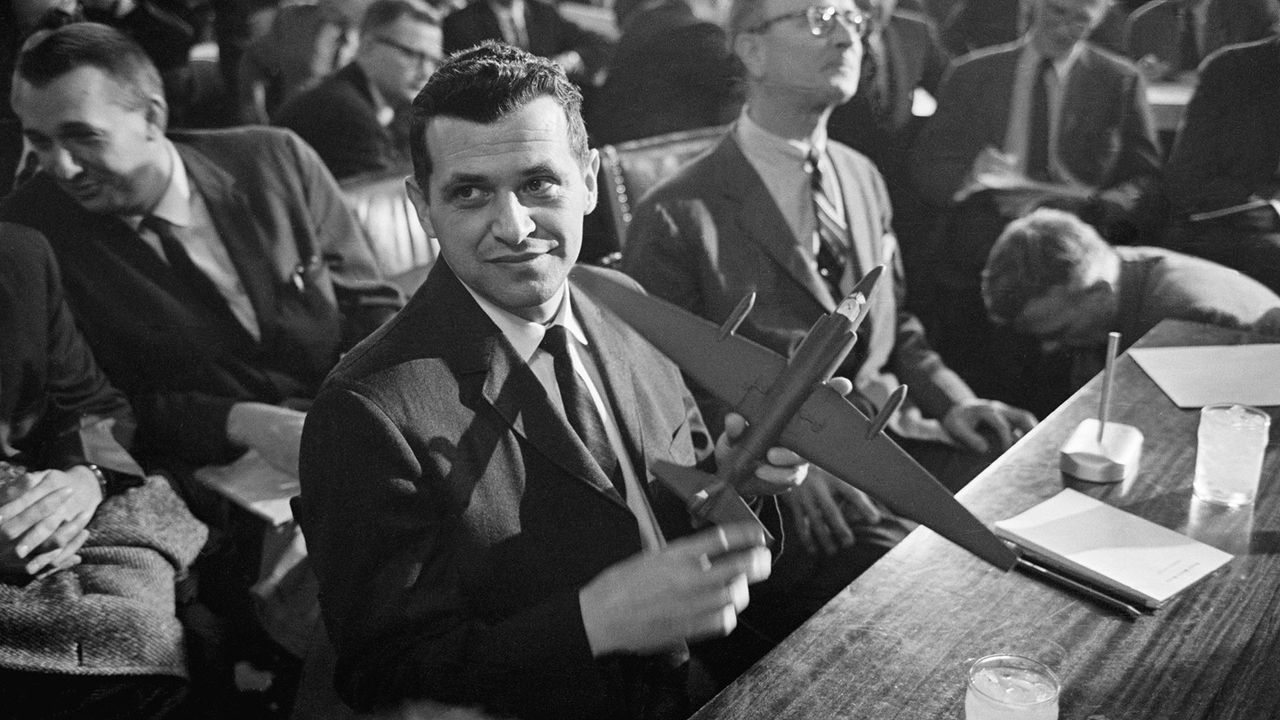During the heated Cold War years, an undercover mission within Soviet airspace evolved into a global crisis, capturing worldwide attention and heightening the rivalry between dominant nations. On May 1, 1960, an American U-2 spy plane, with pilot Francis Gary Powers at the helm, set off on what was intended to be a standard intelligence mission flying over the Ural Mountains. The sortie, however, deviated dramatically from routine plans. It concluded in a catastrophic crash, an occurrence that would unveil the espionage efforts of the United States and result in a major diplomatic conflict. The episode served as a stark reminder of the intense stakes at play in the covert battle for dominance between the East and West.
The U-2, known as the “Dragon Lady,” was an extraordinary piece of technology for its time, designed to fly at altitudes exceeding 70,000 feet, far above the reach of conventional Soviet air defenses. Its purpose was to photograph military installations, missile sites, and other strategic targets deep within the Soviet Union. These missions, authorized at the highest levels of government, were a critical component of US intelligence efforts, providing a window into Soviet military capabilities that would otherwise be impossible to obtain. The plane’s high-altitude performance was its primary defense, making it virtually immune to interception by Soviet fighter jets or surface-to-air missiles of the era.
The task assigned to Powers, called “Operation Overflight,” was just one of numerous covert missions. He launched from a United States airfield in Peshawar, Pakistan, aiming to touch down in Bodø, Norway. His route included a journey over the wide territory of the Soviet Union, enabling him to gather important photographs of crucial locations, such as a location thought to be an intercontinental ballistic missile testing area. Everything proceeded smoothly with the mission until he approached the town of Sverdlovsk, which is presently Yekaterinburg. At this point, the previously unstoppable U-2 faced its downfall.
The determination of the Soviet Union to create defenses against the U-2 was unwavering. Over the years, their air force had tried but failed to catch the high-altitude aircraft. Yet, on this critical day, they possessed a new tool: the S-75 Dvina, an advanced ground-to-air missile system, referred to as “SA-2 Guideline” by NATO. Once Powers’s U-2 appeared on their radar, Soviet leaders authorized the launch. This initiated a complex sequence of actions, with several missiles being fired, one of which exploded close to the U-2, leading to its disintegration in the sky.
Powers managed to survive the explosion and eject from the crippled aircraft. He descended into Soviet territory by parachute, a dramatic and perilous descent that would seal his fate. Unbeknownst to the American government, who had been operating under the assumption that the U-2 was a “self-destructing” aircraft in the event of a crash, Powers was alive and in Soviet custody. The initial US cover story, which claimed the U-2 was a weather research plane that had strayed off course, was quickly exposed as a fabrication when the Soviets paraded a disheveled Powers and pieces of the wreckage before the world’s media.
The capture of the pilot and the remains of the sophisticated reconnaissance aircraft was a significant propaganda triumph for the Soviet Union. Soviet Premier Nikita Khrushchev exploited the event to embarrass the United States and emphasize its aggressive and deceitful actions. The timing of this incident, just a few weeks prior to the planned summit in Paris between US President Dwight D. Eisenhower and Khrushchev, was particularly harmful. The summit, which was meant to alleviate Cold War tensions, fell apart due to the U-2 affair. Khrushchev’s public call for an apology from Eisenhower was disregarded, and the summit concluded in a tense deadlock, initiating a new phase of increased animosity.
The U-2 event significantly affected global diplomacy. It not only terminated the short-lived détente between the US and the Soviet Union but also altered espionage practices. The United States had to reevaluate its methods of intelligence gathering, which resulted in increased dependence on satellite surveillance. Powers, on the other hand, turned into a piece in a high-tension international chess game. He underwent a widely publicized judicial process, where he was convicted of spying and given a three-year prison term coupled with seven years of forced labor. Nonetheless, his hardships did not extend for the entire duration of the sentence.
In a surprising development, Powers was set free in 1962 due to a swap of captives. He was exchanged for Soviet intelligence agent Rudolf Abel at the Glienicke Bridge, famously known as the “Bridge of Spies,” a site that has become associated with Cold War secrets. The swap was an uncommon instance of collaboration in an otherwise hostile interaction, offering some resolution to the U-2 event. Powers’s arrival back in the United States was greeted with both doubt and respect. He underwent heavy examination by the CIA and the general public, with some questioning his behavior and allegiance.
Ultimately, a Senate inquiry exonerated Powers, determining that he had behaved appropriately under severe conditions. The U-2 affair and the following developments highlighted the harsh realities of espionage during the Cold War. It showed the extent to which both major powers would go to secure a strategic edge and the inherent dangers of these secret missions. The incident also emphasized the significance of maintaining deniability in intelligence operations and the severe repercussions when it is lacking.
The legacy of the U-2 incident endures, not just in historical accounts but in popular culture, where it continues to symbolize the clandestine nature of the Cold War. It represents a moment when the hidden struggle between nations was brought into the light, exposing the deception and danger that defined an era. The image of the spiraling, broken plane remains a powerful symbol of a mission gone wrong and the personal sacrifice of those involved in the shadow war.
The story of the U-2 incident is a testament to the complex web of diplomacy, technology, and human courage that characterized the Cold War. It reminds us that even in a conflict waged in the shadows, the smallest misstep can have monumental consequences. The incident stands as a crucial turning point, a moment when the world held its breath as two global giants confronted each other, not with tanks and armies, but with secrets and lies.




